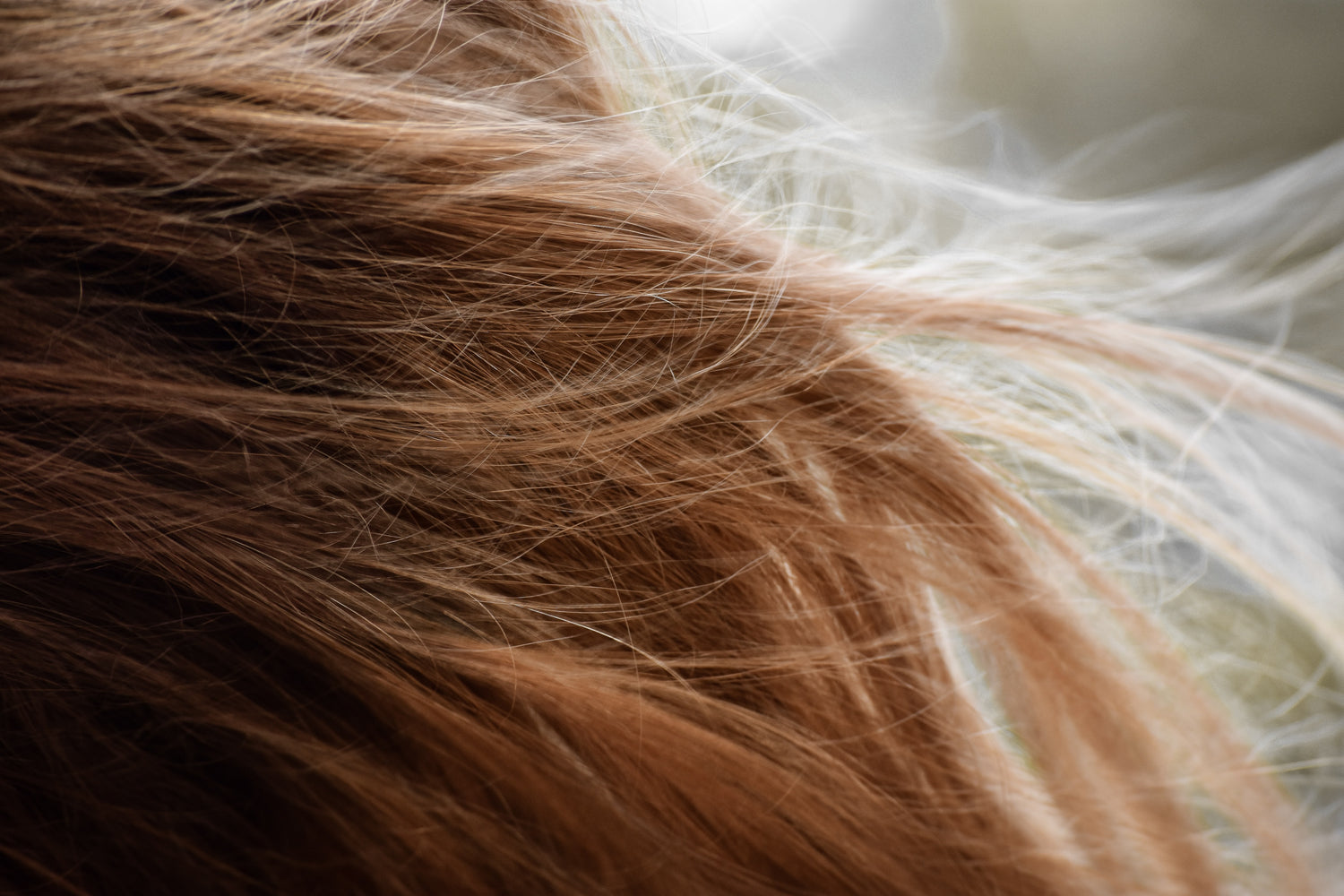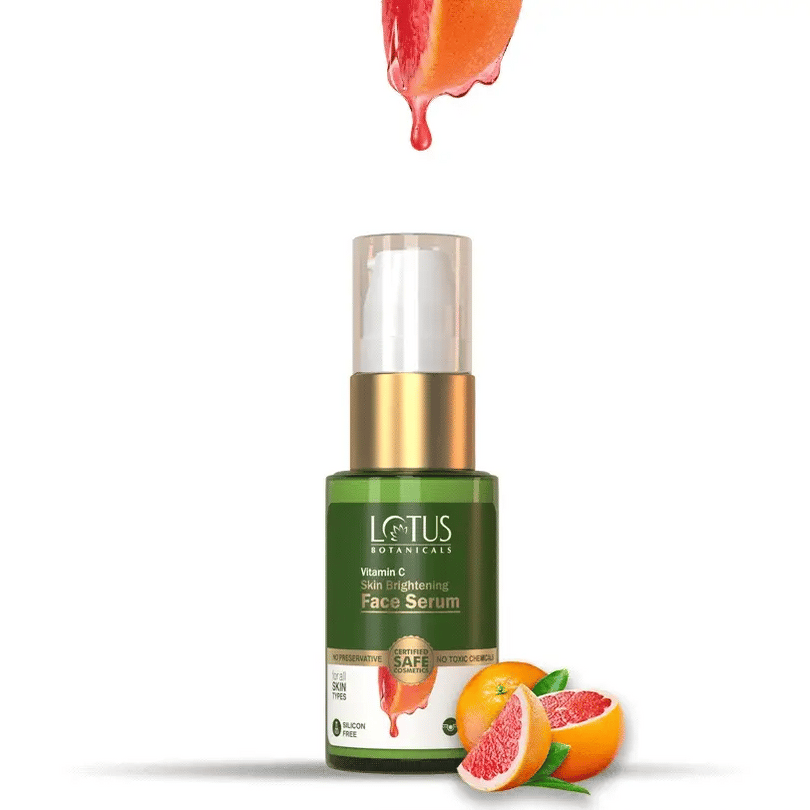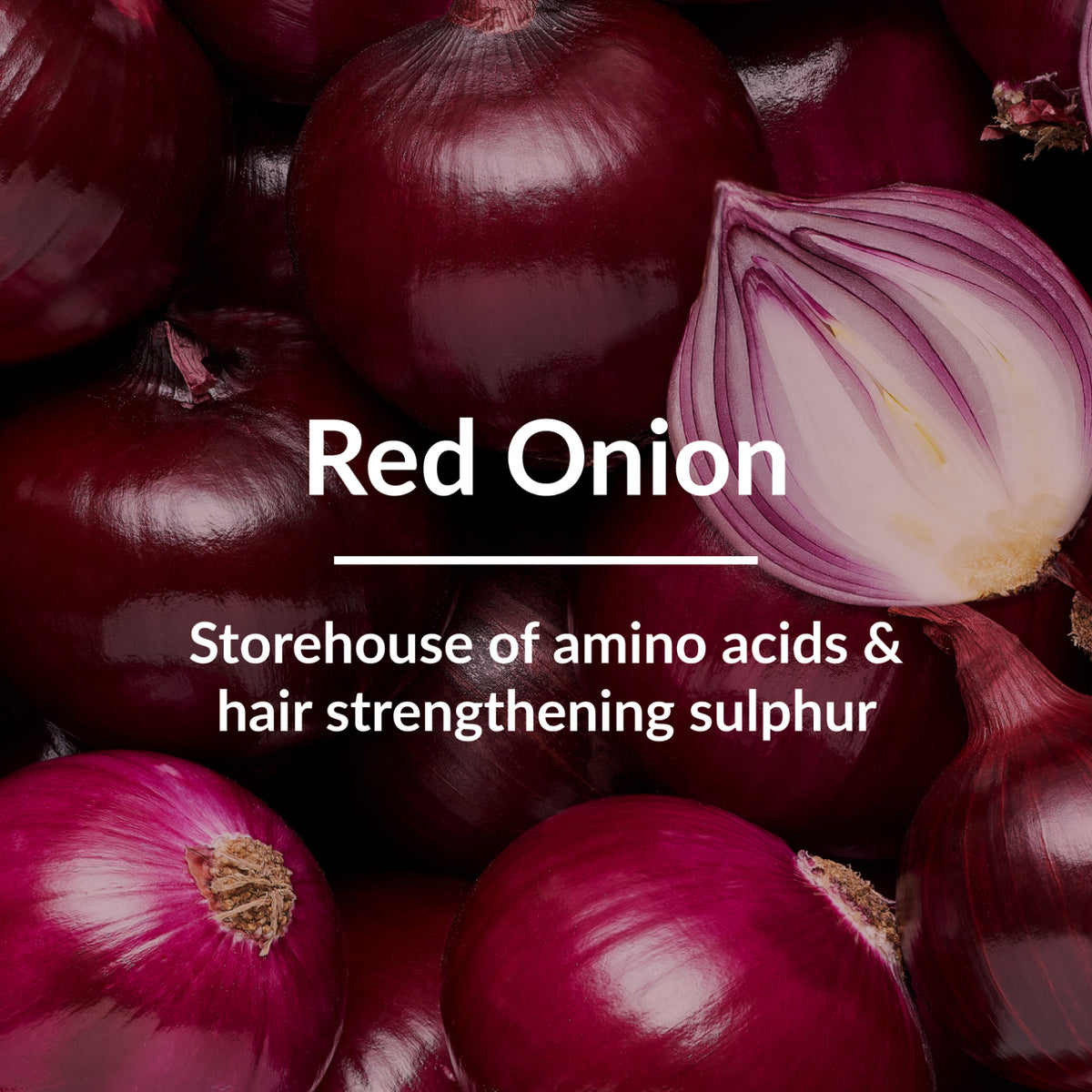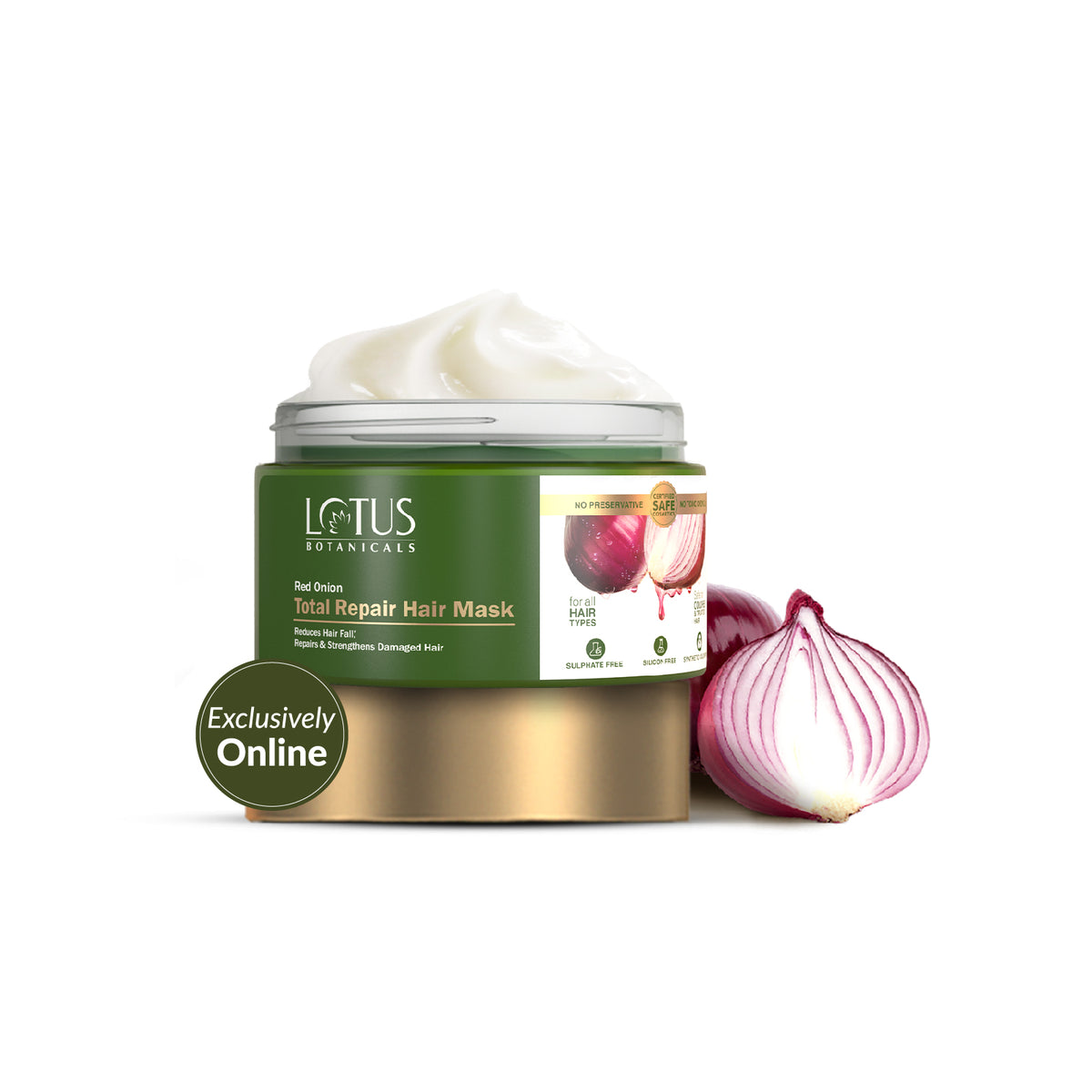
Highlights
-
What are Split ends?
-
Expert Tips for Repairing Split Ends
-
Preventive Measures for Split End Management
-
Lifestyle Changes for Long-term Prevention
How to Repair and Prevent Split Ends: Expert Advice
Have you ever noticed the tips of your hair looking frayed and worn out? Those are called split ends. They can make your hair seem dull and unhealthy. But don't worry, there are ways to fix and prevent them. This article is here to give you some expert advice on how to take care of your hair so it can look its best.
Imagine your hair is like a delicate thread. Just like a thread can split into two, your hair can also split at the ends. This can happen because of things like using hot tools on your hair, using strong chemicals, or not treating your hair gently. But the good news is, you don't have to live with split ends forever.

By following some simple tips from hair experts, you can repair those split ends and stop new ones from showing up. We'll talk about things like getting regular haircuts, using special treatments to make your hair strong, and changing some of your daily habits to keep your hair happy. Let's explore hair care and how to keep your hair healthy and split-end-free.
What are Split ends?
Imagine your hair is like a long straw or tube. Sometimes, the very end of the straw can get damaged and start to split into two or more parts. This is what we call a split end. It's like a little break or crack in your hair that makes it look and feel not so good.
Just like a torn piece of paper, split ends can make your hair seem messy and not as nice as it could be. But the good news is that there are things you can do to fix them and make your hair better again.
So, what causes split ends? Well, Split ends happen when the tips of your hair become weak and break apart. This can be because of a few reasons:
- Heat Styling: Using hot tools like straighteners or curling irons too much can make your hair dry and fragile, causing it to split.
- Chemical Treatments: If you dye, bleach, or perm your hair, the strong chemicals can harm your hair and lead to split ends.
- Improper Care: Not treating your hair gently, like brushing it too hard or using harsh shampoos, can damage your hair and make it prone to splitting.
Your hair is like a plant, if you give it too much heat, chemicals, or rough treatment, it can get hurt.
Types of Split Ends
There are various types of split ends, each with its own characteristics and causes. Here are a few examples:
- Feather Split: Feather splits occur when the end of the hair strand splits into several smaller strands that resemble the shape of feathers. This type of split end often results from excessive heat styling, chemical treatments, or harsh brushing.
- Tree Split: Tree splits are similar to feather splits but have a more pronounced branching pattern, resembling the branches of a tree. They are often caused by a combination of factors, including lack of proper hair care, exposure to environmental stressors, and the use of damaging hair tools.
- Fork Split: Fork splits occur when the end of the hair strand splits into two separate branches, resembling a fork. This type of split end can be caused by a variety of factors, including mechanical damage from rough handling, friction against clothing, and excessive manipulation of the hair.
- Single Split: Single splits are the most common type of split end, where the hair strand splits into two separate sections. They can be caused by a range of factors, such as overexposure to sun and UV rays.
- Incomplete Split: In this type of split end, the hair strand has a visible split but has not fully separated into two distinct sections yet. Incomplete splits can result from a combination of hair damage and inadequate hair care.
Each of these split end types indicates different levels of hair damage and may require specific care to prevent further splitting.

Expert Tips for Repairing Split Ends
Dealing with split ends can feel overwhelming, but don't worry! Experts have some great methods to help you restore your hair's health and vitality. These tips are not only effective, but they are also super easy to incorporate into your routine.
1. Trim Regularly
Just like tending to a garden prevents overgrowth, regular trims are essential for managing split ends. When you trim your hair every six to eight weeks, you remove the damaged tips, preventing splits from traveling further up the strands.
This maintains your hair's health, prevents the splitting from worsening, and promotes overall hair growth.
Think of it as giving your hair a fresh start and allowing it to flourish without the burden of split ends.
2. Deep Conditioning Treatments
Revitalizing your hair with deep conditioning treatments can make a noticeable difference in split end repair. Try using a product like the "Red Onion Nutritive Hair Conditioner" from LotusBotanicals. Packed with enriching nutrients, this conditioner penetrates deeply, restoring moisture and strength to your hair strands.
Applying this conditioner weekly provides your hair with the nourishment it craves, helping to mend split ends and leaving you with silky, vibrant hair.
Remember, giving your hair the extra TLC it deserves through deep conditioning can lead to remarkable results in the battle against split ends.
3. Protective Styling
Protective styling involves wearing hairstyles that keep your hair tucked away and shielded from external elements.
This technique can significantly reduce the occurrence of split ends. Braids, buns, twists, and updos are popular examples of protective styles. These styles prevent your hair from rubbing against clothes, pillows, and other surfaces that can cause friction and damage.
By adopting protective styles, you create a barrier that limits exposure to harsh weather conditions and reduces the need for frequent manipulation. This allows your hair to recover and grow without constant stress. Just remember to avoid styles that are too tight, as they could lead to other hair problems.
4. Avoiding Excessive Heat
Excessive heat from styling tools like hairdryers, straighteners, and curling irons can weaken your hair's structure, leading to split ends. When you subject your hair to high temperatures, it strips away its natural moisture, making it prone to breakage.
To prevent split ends caused by heat damage, it's essential to limit the use of these tools. When you do use them, always apply a heat protectant spray before styling.
This protective barrier minimizes the impact of heat on your hair, reducing the risk of split ends and promoting overall hair health.
5. Protein Treatments
Just like our bodies need protein to stay strong, our hair benefits from it too. Protein treatments are special products that contain extra proteins that can be absorbed by our hair. These treatments help repair and strengthen the damaged parts of our hair, like split ends.
When you use a protein treatment, it's like giving your hair a boost of strength and resilience. These treatments come in different forms, like masks or conditioners, and using them every now and then can really make a difference in keeping your hair healthy and preventing further split ends.
As per masks are considered, try lotusbotanical’s “Red Onion Total Repair Hair Mask”. Yes, it stimulates hair growth as it is rich in Red Onion Extracts. It also soothes scalp which is the major concern for split ends.
Preventive Measures for Split End Management
Taking care of your hair to prevent split ends is like giving it a shield against damage. Here are some easy steps you can take to keep your hair healthy and split end-free:
- Gentle Handling: Treat your hair with kindness. Instead of yanking through tangles, use a wide-toothed comb to gently detangle your hair, starting from the tips and working your way up. Avoid aggressive brushing, especially when your hair is wet, as that's when it's most fragile.
- Choosing the Right Hair Tools: Not all brushes and combs are created equal. Invest in good-quality brushes with smooth bristles that won't snag or pull at your hair. Avoid using cheap or rough brushes that can cause damage.
- Silk/Satin Pillowcases: Believe it or not, your pillowcase matters! Swap out your cotton pillowcase for a silk or satin one. These materials create less friction against your hair while you sleep, reducing the risk of split ends.
- Proper Washing Technique: When washing your hair, use sulfate-free shampoos that are gentle on your strands. Use cool water instead of hot, as hot water can strip away natural oils that protect your hair. After washing, gently pat your hair dry with a soft towel instead of rubbing vigorously.
- Balanced Diet: What you eat can affect the health of your hair. A diet rich in vitamins, minerals, and proteins supports hair growth and strength. Include foods like fruits, vegetables, lean proteins, and nuts in your diet for healthier hair.
Remember, preventing split ends is all about being mindful of how you treat your hair and making small changes in your daily routine. These preventive measures might seem simple, but they can make a big difference in keeping your hair looking its best.
Lifestyle Changes for Long-term Prevention
Taking care of your hair isn't just about using the right products, it's also about making some changes in your daily life to keep those split ends away for good.
Here are some simple lifestyle adjustments that can have a big impact on the health of your hair:
1. Stay Hydrated
Just like your body needs water to function well, your hair needs hydration to stay healthy too. Think of water as a drink that feeds your hair from the inside out.
When you drink enough water, it reaches your hair follicles and helps them stay strong and flexible. Imagine how a plant needs water to grow, your hair is similar!
Experts suggest drinking about 8 to 10 glasses of water a day. This might sound like a lot, but it's like giving your hair a big drink of nourishment. So, sip on water throughout the day to help your hair shine with health and keep those split ends at bay.
2. Manage Stress (If you have)
Stress might seem like something that only affects your mind, but it can actually impact your hair too. When you're stressed, your body produces a hormone called cortisol. An excess of cortisol can disrupt the natural hair growth cycle and lead to weaker hair strands. Stress can also cause you to unconsciously pull or tug at your hair, which can lead to breakage and split ends.
The mechanism behind this is quite fascinating. High levels of stress can push hair follicles into a "resting" phase, called telogen, where they temporarily stop producing new hair strands. This leads to increased hair shedding a few months later. Additionally, stress can constrict blood vessels around the scalp, reducing the flow of nutrients and oxygen to hair follicles, making them weaker and more prone to damage.
To manage stress and promote hair health, engaging in relaxation techniques like deep breathing, meditation, and regular exercise can help lower cortisol levels. By keeping stress in check, you're not only benefiting your overall well-being but also safeguarding your hair from split ends and other damage.
3. Get Moving (Exercise)
Regular exercise does more than just keep your body fit, it can significantly contribute to the health of your hair as well. When you engage in physical activity, your heart pumps faster, and your blood circulation improves.
This enhanced blood flow delivers essential nutrients and oxygen to your hair follicles, which are responsible for hair growth. This means that exercise helps create a healthier environment for your hair to thrive in.
There's no specific exercise that's best for hair growth, but any form of physical activity that gets your heart rate up can be beneficial. Activities like brisk walking, jogging, cycling, and even yoga can help improve blood circulation to the scalp.
Remember, it's not about doing intense workouts every day, but rather incorporating regular movement into your routine. So, by getting active, you're not only taking care of your body but also giving your hair a better chance to shine.
Red Onion Total Repair Hair Mask
Helps Prevent Hair-fall | Helps Promote Hair Growth | Healthy and Nourished Hair
Red Onion Hair-Fall Control Hair Oil
Helps Control Hair Fall | Helps Prevents Split-ends | Helps Repair Dull & Damaged Hair
Addressing Common Myths About Split End Repair
Split ends are a common hair woe, and there's a lot of advice out there about how to deal with them. However, not all of it is true. Let's clear up some of the misconceptions about split end repair to help you make informed choices for your hair care:
Myth: You can fix split ends without cutting them.
Fact: Once a hair strand is split, there's no magical potion to glue it back together. The only effective way to get rid of split ends is by trimming them. Regular trims are essential to prevent splits from traveling up the hair shaft.
Myth: Special shampoos can fully repair split ends.
Fact: While some shampoos claim to mend split ends, they can't completely reverse the damage. They might temporarily seal the ends, giving the illusion of repair, but the split will likely resurface.
Myth: Oiling your hair will fix split ends.
Fact: While oils can add moisture and shine to your hair, they can't repair splits. Applying oil might temporarily hide the frayed ends, but it won't address the underlying issue.
Myth: Using more conditioner will prevent split ends.
Fact: Using excessive amounts of conditioner won't prevent splits. It's more about using the right type of conditioner and focusing on proper hair care practices. You can instead try lotusbotanical’s “100% Pure Aloe Vera Gel with Vitamin E” gel as it prevents split ends.
Myth: Repairing split ends will make your hair grow faster.
Fact: Repairing split ends won't directly affect the speed of hair growth. Trimming split ends, however, can prevent breakage and make your hair appear healthier, which might give the impression of faster growth.
Myth: Only people with long hair get split ends.
Fact: Split ends can happen to hair of all lengths, textures, and types. Even short hair is susceptible if not properly cared for.
Myth: Split ends can be permanently prevented.
Fact: While you can take steps to minimize split ends, they can't be permanently avoided. Regular maintenance and healthy hair care habits are your best defense.
Red Onion Hair-Fall Control* Shampoo
Helps Prevent Hair Fall | Helps Promote Hair Growth | Strengthens Hair
Highlights
-
What are Split ends?
-
Expert Tips for Repairing Split Ends
-
Preventive Measures for Split End Management
-
Lifestyle Changes for Long-term Prevention
Related Products
Red Onion Nutritive Hair Conditioner
Helps Prevents Hair-fall | Helps Reduce Frizziness | Nourishes Hair
Ginger Root Dandruff-Control Shampoo
Controls Dandruff | Promotes Hair Growth |Nourishes Hair Roots
Red Onion Hair-Fall Control Hair Oil
Helps Control Hair Fall | Helps Prevents Split-ends | Helps Repair Dull & Damaged Hair
Ginger Root & Black Seed Dandruff Control Hair Oil
Prevents Dandruff & Itchiness | Strenghten Hair Follicles | Increases Hair Volume
Red Onion Total Repair Hair Mask
Helps Prevent Hair-fall | Helps Promote Hair Growth | Healthy and Nourished Hair
Red Onion Hair Revitalizer
Helps Protects Hair from Heat | Reduces Frizziness | De-tangles Knots
Red Onion Hair-Fall Control* Shampoo
Helps Prevent Hair Fall | Helps Promote Hair Growth | Strengthens Hair





































